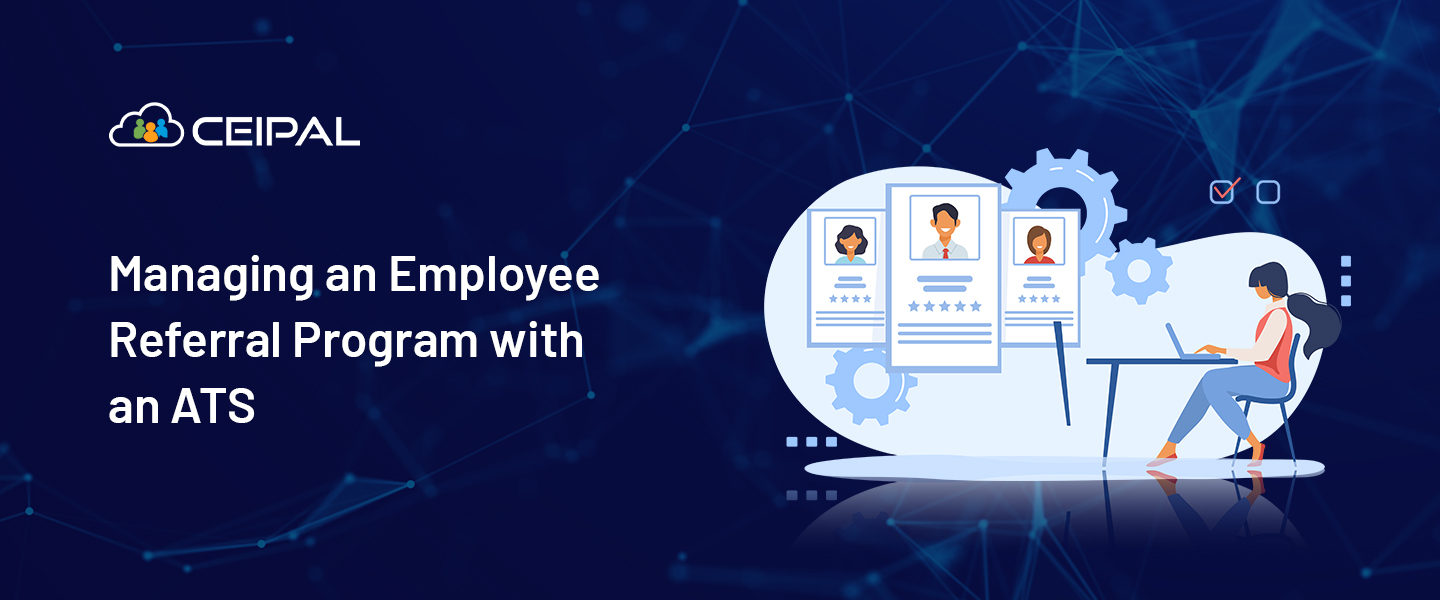An employee referral program is a popular recruitment method used by organizations to hire candidates recommended by current employees for open positions by incentivizing them in various ways. In 2022, about 82% of companies have incorporated employee referral programs as a part of their hiring strategies because of the increased efficiency and ROI of such programs.
A candidate hired through a referral is more likely to be in line and familiar with the company, its culture, and its process. This candidate is more likely to accept the job offer than a candidate hired through a conventional process, as there is higher intent.
Referral programs help businesses hire candidates of higher quality with reduced hiring time, resulting in higher productivity and cost savings.
Benefits of an Employee Referral Program
- Reduces time to hire
- Decreases cost-per-hire
- Improves talent quality of candidates
- Increases employee retention
- Strengthens employer brand
- Enhances employee engagement
Using an ATS for Employee Referrals
According to Capterra, 70% of large companies use an ATS for recruiting. SMBs know they are competing for the same talent and are embracing HR tech solutions for recruitment to stay competitive. The referrals in smaller companies can be managed through email, LinkedIn introductions, or excel spreadsheets. Since 41% of hiring in large organizations comes through referral hiring, these businesses need an approach that supports a higher volume of candidates.
An applicant tracking system (ATS) helps to sort and filter candidates in the most compatible ways with AI and machine learning algorithms.

Want to Source Candidates Like a Pro?
Read an eBook Designed for Smart Recruiters Like You
Here are four strategies to run a successful referral program:
- Employee Portal. If you opt for an ATS, make sure that you have created an employee portal, where your existing employees can view all of the job openings. Employees should be able to single-sign-on (SSO) with easy login access so that they can access it anytime, anywhere.
- Consistent Posting of Open Jobs. One of the major advantages of employee referral portals over company website postings is that organizations don’t tend to update their website regularly enough to keep up with new openings. In order to achieve hiring targets, make sure that the job postings in the employee portal are automated, so they can be updated in a timely and consistent manner.
- Easy Shareable Job Posts. You may have a great employee portal, but if the employee cannot easily share the job requirements, it is of no use. Shareability of job posts is critical to the success of any employee referral portal. Employees should be able to effortlessly share jobs across all platforms — including social media.
- Tracking Referrals. The major benefit of using an ATS is the data-driven tracking and reporting system. With CEIPAL’s ATS, you can track each applicant, their source, and every profile. The business intelligence tool also provides a robust system to identify pain points and success points.
Conclusion
Each organization has its own referral policies, incentives, and engagement strategy. Employee referral programs include an organized system for hiring by incentivizing the employees and increasing the conversion rates of candidates. By using an ATS, you add a layer of transparency to all activities and stages of the application process, saving the recruitment team’s time and money, while allowing unique customizations to suit your organization.









